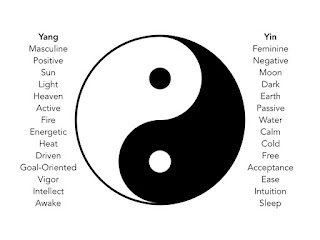The longest river in the world is the _____, starting in the Ethiopian Highlands & empties into the Mediterranean Sea.
Nile River

Most of the ancient religions were ________, meaning “a belief in more than 1 god.”
Polytheistic (polytheism)
"Poly" = many

The world’s first writing system was known as ______, from Mesopotamia. (try your best with spelling)
cuneiform
Trading systems that do NOT use money, coins, or currency are know as ______.
barter
A synonym for farming is ________.
agriculture
The Huang He River is also known as _____, translated in English.
Yellow River
Egyptians built pyramids for their mummified pharaohs because they had strong religious beliefs in the _______, when their leaders died.
after-life or life after death
Egyptians created _______ from reed plants that grew along the Nile, a material used for writing down their hieroglyphics.
papyrus

This type of political leadership, a series of rulers from the same family, was common in Egypt and China.
dynasty x

Archaeologists study prehistoric fossils and ___________ from the past to learn about how Stone Age people lived.
artifacts
The mountain range, which includes Mt. Everest, that divides the regions of India and China are ______.
Himalayas
The __________ symbol originated in ancient China, under Daoism.
Yin-yang

This substance was created in China for fireworks, but later in history, it was used for warfare.
gun-powder

Priests, other religious officials, and educated scribes were very low in the social structure of most ancient civilizations. True or false.
False.

The __________ of plants & animals helped human advancement because it led to the creation of more food and better tools, jobs, trade, and cities. This also was around the time the Stone Age ended.
domestication
Mesopotamia means “land between 2 rivers.” Those 2 rivers are ____ & ____. Try your best with spelling.
Tigris & Euphrates

The Sumerians of Mesopotamia built _______ temples in their city-states.
ziggurat

This civilization invented dice.
Indus Valley
Precious metals, minerals, timber, fresh water, and fertile soil are examples of __________.
natural resources
Before the rise of civilizations, early humans lived as nomadic ______-______ to survive.
hunter-gatherers

The Indus River Valley was located in what 2 modern day countries?
India & Pakistan

The original religion of Indus Valley is unknown, but later in Indian history, ______ was created & still is common in India today.
Hinduism
An essential achievement of early civilizations was the creation of a _________, (typically based on the sun, moon, or astronomy) to help keep track of events, especially seasonal floods and agriculture.
calendar
This trading network was eventually built to connect China to the rest of Asia, Europe, and Africa.
Silk Road
To help bring river water to crops, early farmers developed methods of _____________.
irrigation